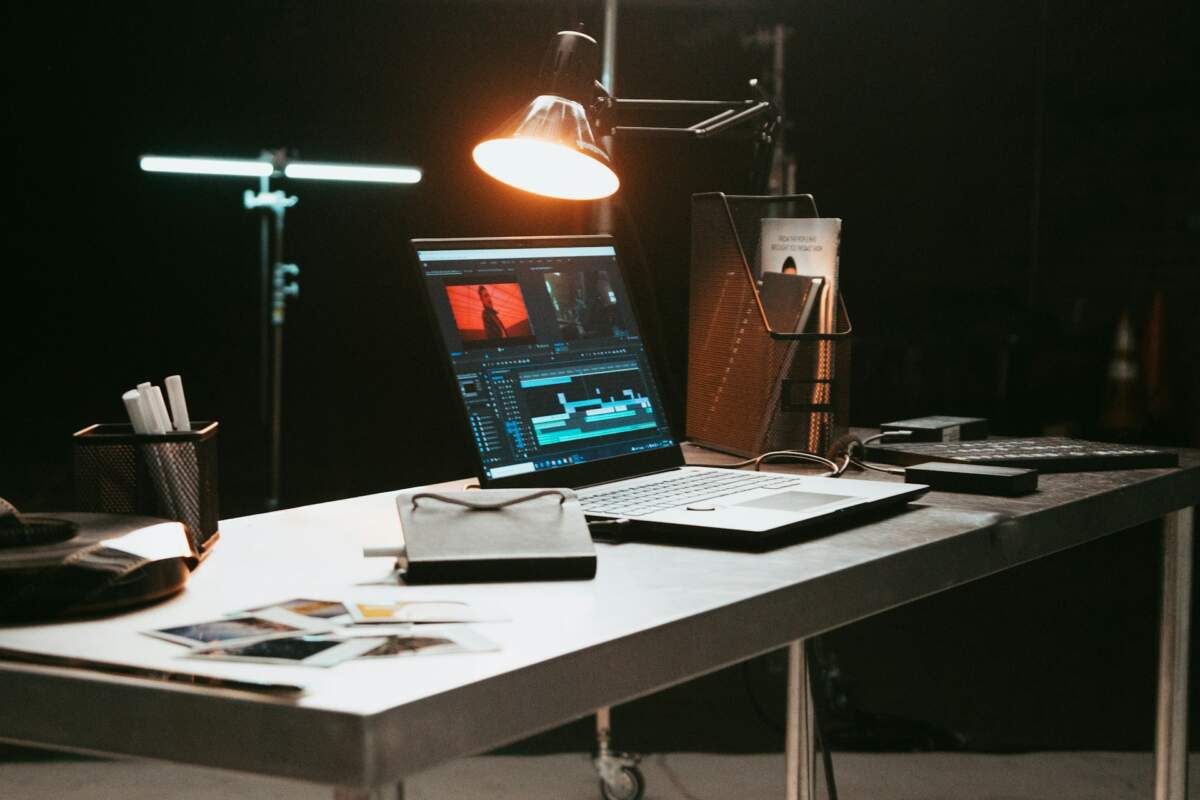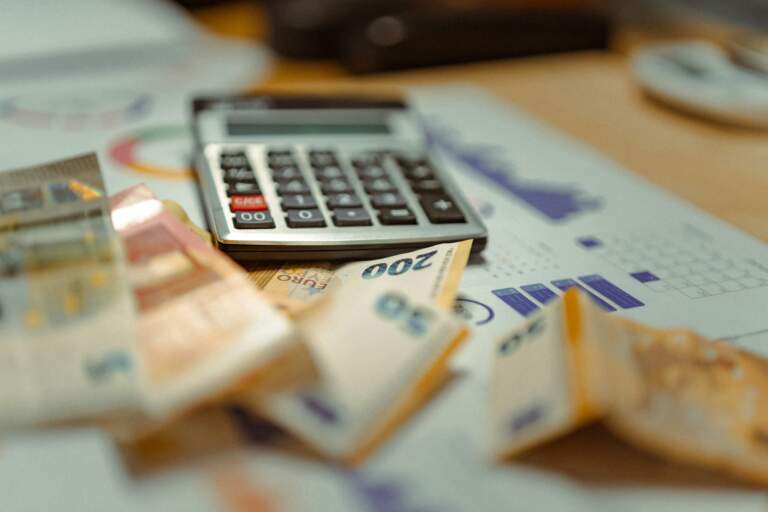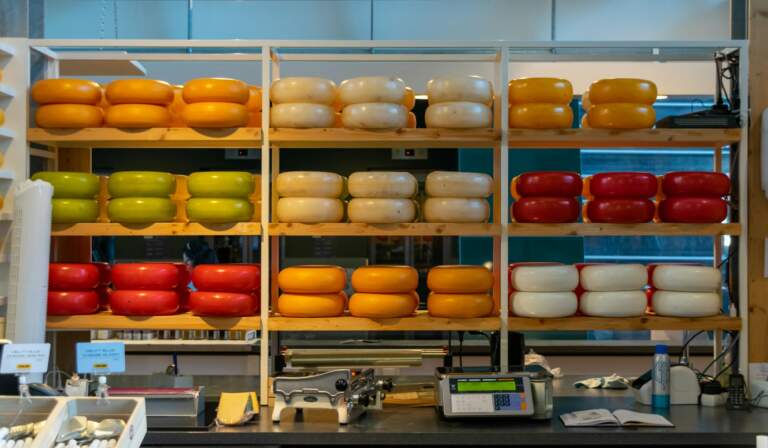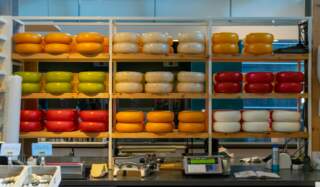Advancements in technology have revolutionized countless industries, but one of the most inspiring transformations lies in the blending of photography and art.
Once separate domains, they are now interconnected fields, thanks to cutting-edge tools and techniques that push creative boundaries.
This blog explores how technology is enhancing creative processes, redefining digital photography, and empowering artists with new avenues for expression.
By the end, you’ll understand how photo manipulation and visual innovation have ushered in a new era of artistic exploration.
The Rise of Digital Photography in Creative Expression
A New Era for Visual Storytelling
Digital photography has made creating and sharing impactful visuals accessible to everyone.
Unlike film photography, which requires chemical processes, digital tools allow photographers to capture high-quality images instantaneously while experimenting with new styles.
Professional-grade cameras, capable of producing life-like detail, have contributed to redefining how we think about creativity.
Democratizing Photography Tools
The rise of affordable cameras and smartphones puts professional-grade capabilities into the hands of hobbyists and professionals alike. Simultaneously, beginner-friendly interfaces make it easy to learn complex techniques around framing, lighting, and editing.
This democratization opens up artistic photography to a broader audience, allowing even first-time users to produce exceptional results.
Photo Manipulation Expands Artistic Boundaries
Reimagining Reality with Photo Editing Software
Creative platforms such as Adobe Photoshop and Lightroom have changed how photography overlaps with modern art.
These creative tools help manipulate frames, textures, and tones to craft surreal or abstract pieces that transcend the photographic medium. Artists can tweak every element, from colors that set a particular mood to distorting realities entirely.
AI-Powered Editing for Greater Precision
Artificial intelligence is playing a dominant role in optimizing photo manipulation. AI-enabled brushes, for example, intelligently account for light and shadows to apply edits more naturally.
Programs like Luminar and Canva have equipped artists with advanced filters and presets that take the heavy lifting out of the creative process.
Merging Photography and Illustration
Blending Disciplines
One of the most exciting trends fueled by tech in art is the crossover between photographic visuals and illustrations. Artists can now combine hand-drawn elements with digital photography seamlessly, offering new depth to their storytelling.
This multidisciplinary approach ensures no medium remains siloed, contributing to a richer creative landscape.
Exploding with New Possibilities via Animation Tools
Tools like After Effects and Procreate now blur lines further by enabling artists to animate photographs.
Beyond still frames, motion graphics elevate imagery into vivid, dynamic storytelling with wide-reaching applications of animation on social media platforms like Instagram and TikTok.
Creative Tools Igniting Collaboration
From Solitary Work to Collective Innovation
Technology fosters artistic collaborations like never before. Creatives can remotely co-produce art through cloud-based platforms such as Adobe Creative Cloud.
These tools allow multiple contributors to share progress in real time while layering their unique styles.
Inviting Community Input
Crowdsourcing opinions through tools like Dribbble or Pinterest adds layers, revolutionizing feedback loops.
Digital platforms give artists instant access to global audiences prepared to critique, purchase, or simply celebrate their creations.
Overcoming Limitations with AR and VR
Redefining Perspective in Art
Augmented Reality (AR) is breaking barriers by embedding digital information into physical environments, allowing images to interact with users dynamically.
Platforms like Artivive allow photographers to overlay their work with virtual dimensions, making it an interactive experience. Virtual Reality (VR), meanwhile, literally immerses audiences in portfolios or exhibits, redefining how they consume creative work.
With tools such as Oculus and HTC Vive, exhibitions can become fully immersive galleries, creating deeper connections between viewers and artists.
Expanding Access to Artistic Resources
Emerging AR and VR technology offers immersive tutorials for aspiring artists. Whether through step-by-step overlays or virtual design classes, creatives worldwide now have greater access to educational resources, previously limited by cost or geography.
New Avenues in Visual Innovation
Creative Personalization Powered by AI
With bespoke canvas printing services powered by AI, users can turn their vacations into museum-worthy work or their pet photos into whimsical surrealism.
Visual innovation now pairs beautifully with hyper-personalization, ensuring art and photography are more relatable than ever.
Predicting the Future of Art Tech
By continuously refining machine learning, innovators are creating tools that adapt instantly to individual styles.
Whether you’re crafting minimalist compositions or photorealistic pieces, the next decade promises automated support that feels intuitive to your unique artistic needs.
Why the Fusion of Photography and Art Matters
Technology isn’t just making artistic photography easier; it’s bridging the gap between two creative worlds that once stood apart. This fusion elevates both individual creativity and community-driven exploration, ushering in a golden age of possibility.
Are you a creator looking for the latest tools to transform your photography into an artistic masterpiece? Start exploring how these integrations can add sophistication to your portfolio and see where technology can take your art next.








